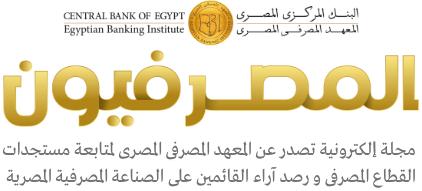يناقش التقرير الاستخدام المتزايد للتكنولوجيا القابلة للارتداء في القطاع المصرفي، إنه يسلط الضوء على مزايا الأجهزة القابلة للارتداء. يتناول التقرير أيضًا التحديات التي تواجه البنوك في اعتماد الأجهزة القابلة للارتداء، بما في ذلك الامتثال التنظيمي والمخاوف المتعلقة بخصوصية البيانات. بشكل عام، يشير التقرير إلى أن التكنولوجيا القابلة للارتداء لديها القدرة على إحداث ثورة في القطاع المصرفي لكل من العملاء والمؤسسات المالية.
إعداد دنيا مصطفى سلامه – باحث بالمعهد المصرفى



